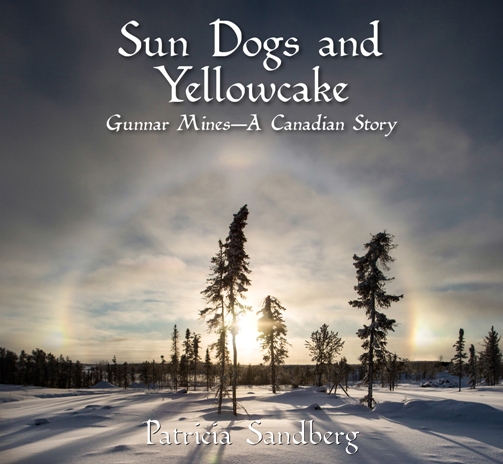To order a copy of Sun Dogs and Yellowcake: Gunnar Mines – A Canadian Story, click here: http://patriciasandberg.com/purchase-book/
Patricia Sandberg was formerly a partner at DuMoulin Black, a Vancouver law firm acting for mining companies listed on Canadian and international stock exchanges. Her clients had mining operations in Canada, the United States, China, and Latin America. Three generations of her family, including Patricia as a child, lived at Gunnar and her grandfather spent thirty years working at mines run by Gilbert LaBine, Canada’s “Father of Uranium.”
Shooting the Elephant
Re-enter Gilbert LaBine, some twenty years after his radium score and now sixty-two years old. LaBine, in his nominal positions as president and director of Eldorado, was well informed about Eldorado’s moves in the Beaverlodge area. He was also not averse to conducting a little business of his own.
His first foray was with a highly competent, experienced pilot named John “Johnny” Nesbitt, who had spent his life flying in Canada’s north country, including for Eldorado and its Great Bear Lake operations. When Eldorado switched its focus to Lake Athabasca, Nesbitt added the Beaverlodge operation to his flight path.























